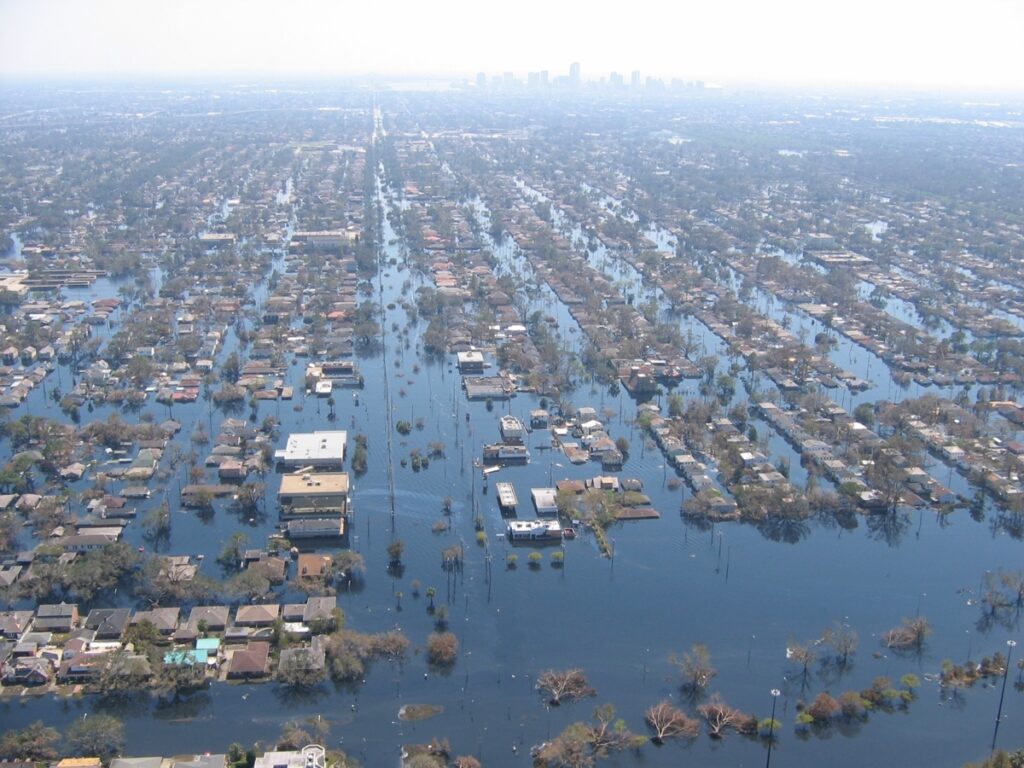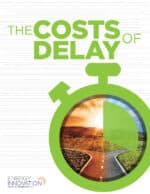New modeling using the Energy Policy Simulator compares illustrative climate policy scenarios reaching net-zero cumulative emissions in the United States by 2050, one starting in 2021 and the second delaying until 2030. The delayed 2030 Scenario results in nearly three-quarters higher cumulative capital, operational, and fuel expenditures than the early action 2021 Scenario. Waiting until 2030 to enact net zero emissions policy also requires a much faster rate of clean energy deployment and will result in more stranded assets if we continue investing in fossil fueled power plants, factories, and equipment. This report explains why even a short-term delay in adopting strong climate policies dramatically increases the cost of decarbonization and risks irreversible ecological impacts. It also includes a strategic set of policy recommendations that can immediately be adopted to realize these costs savings and help avoid catastrophic climate change.
The Costs Of Delay
This report uses the Energy Policy Simulator to model two illustrative scenarios showing that a ten year-delay implementing climate action putting the U.S. on a net zero path by 2050 increases the cost of decarbonization by nearly three quarters, showing why we must adopt strong carbon emissions reduction policies to avoid catastrophic climate change impacts.

